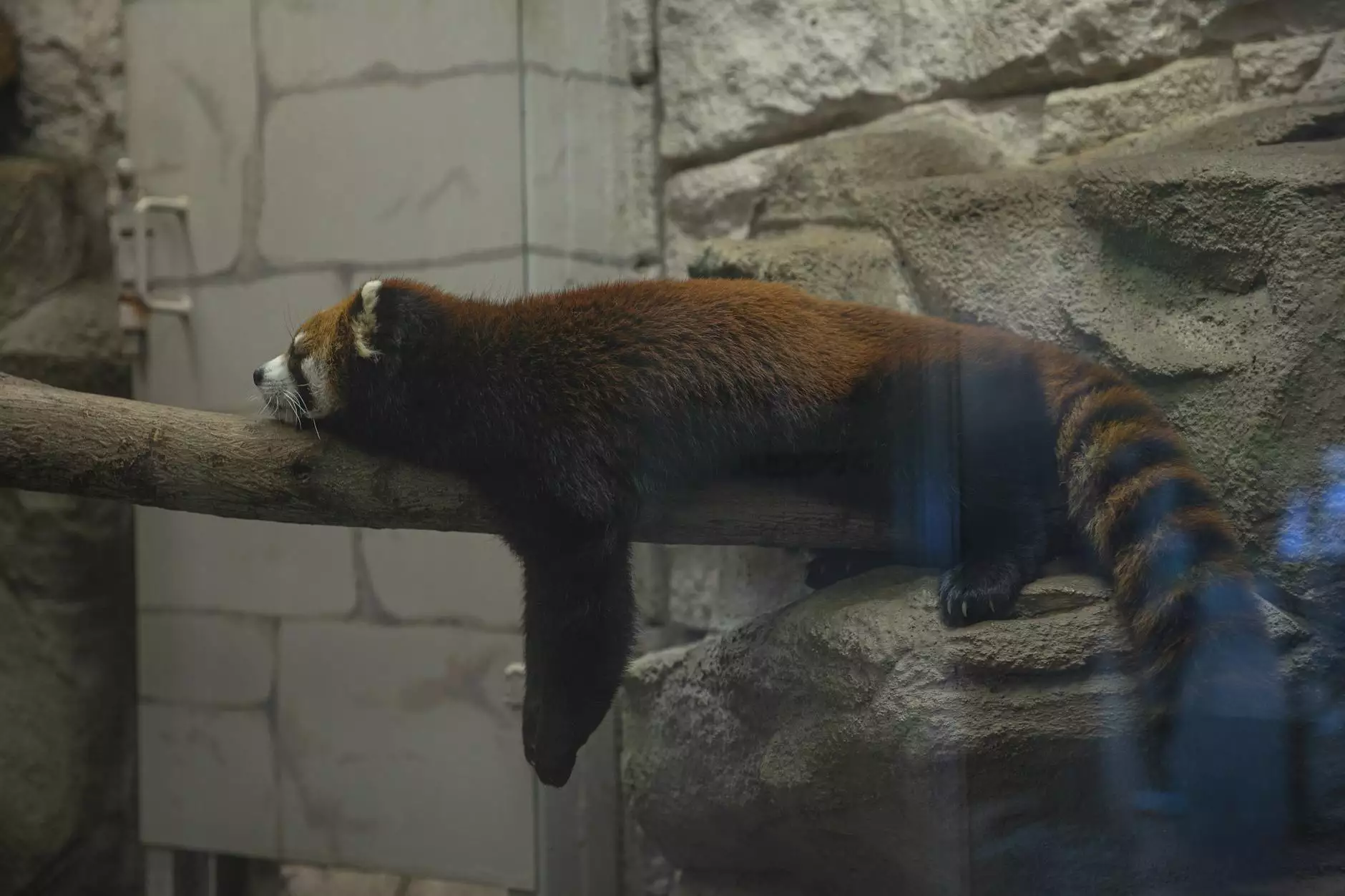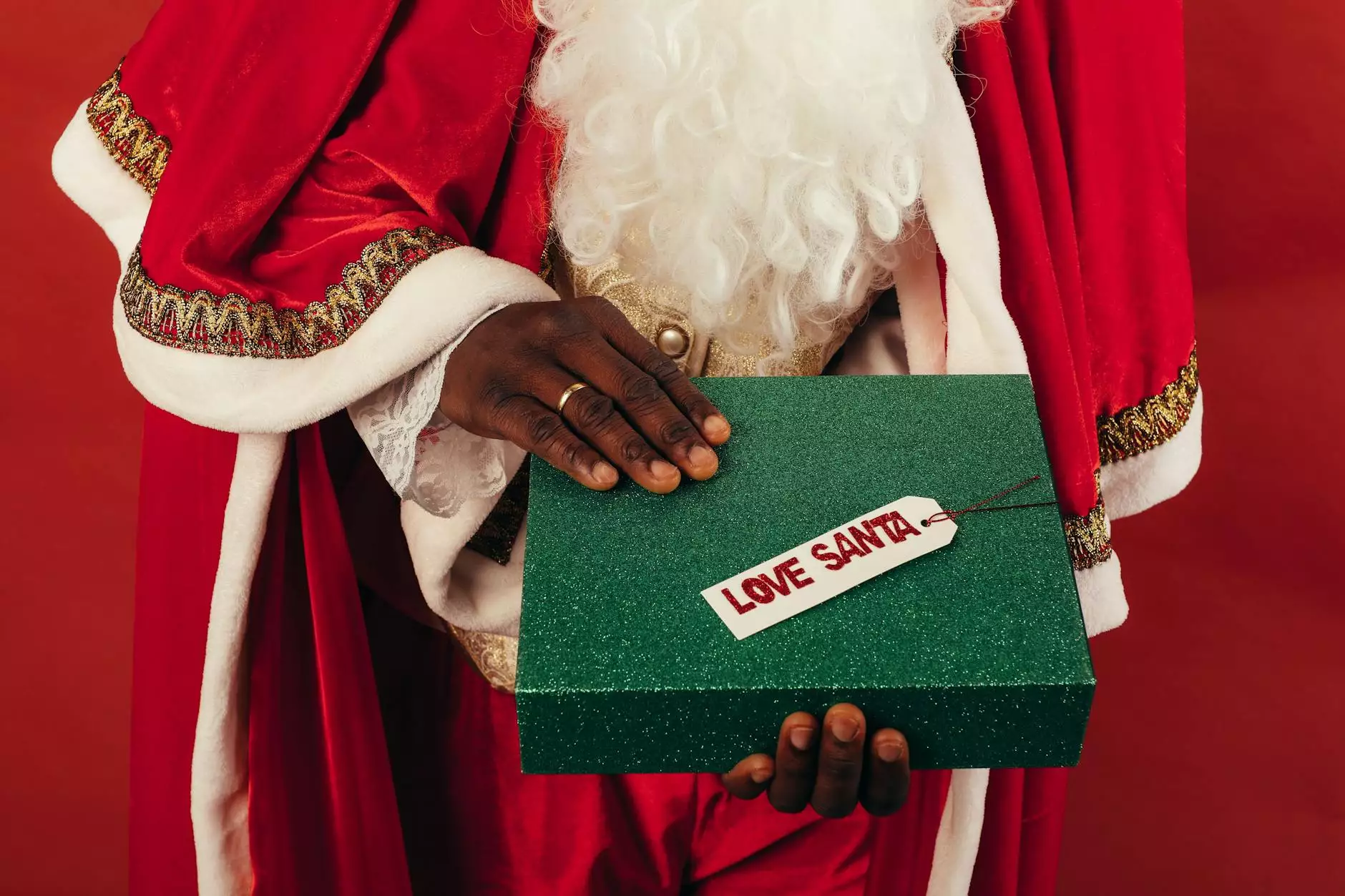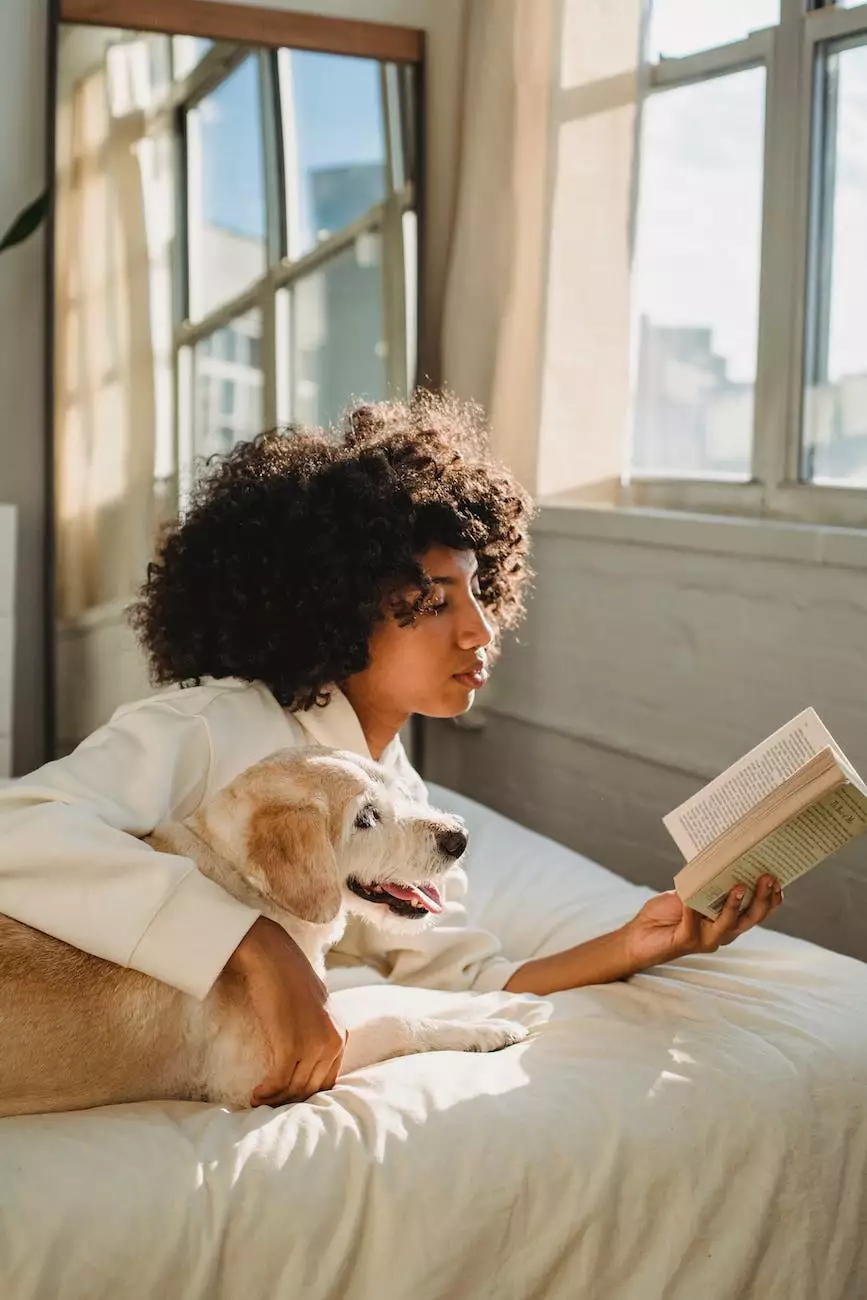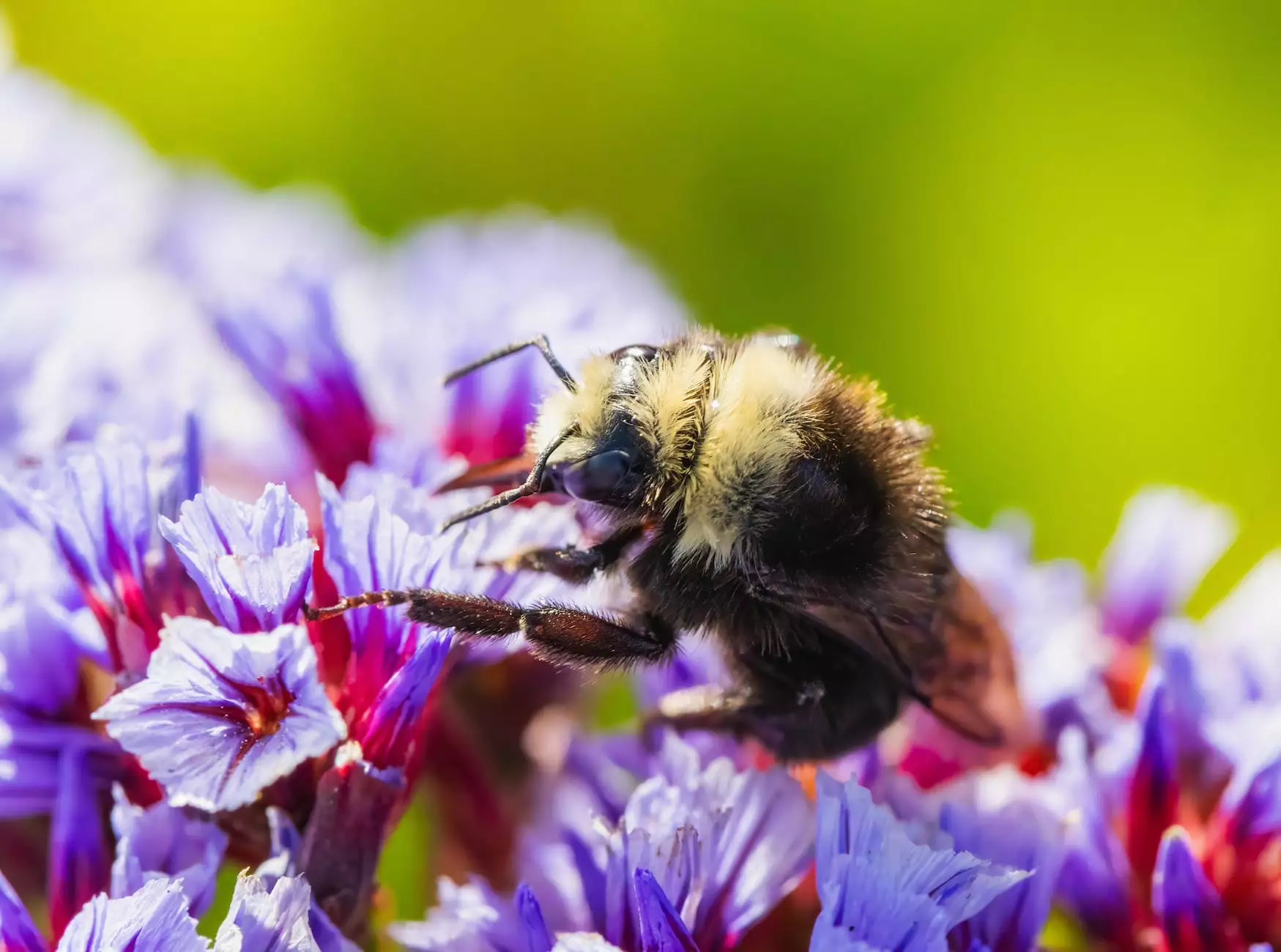Wildlife Issues
Resources
Introduction
At Brem’s Antiques & Collectibles, we understand the importance of preserving the integrity of your antique and collectible items. In the world of hobbies and leisure, specifically antiques and collectibles, it is crucial to be aware of the potential wildlife-related issues that can arise. In this comprehensive guide, we will delve into the various challenges faced by individuals in this field and provide you with valuable insights on how to handle and prevent these issues.
The Impact of Wildlife on Antiques and Collectibles
Antiques and collectibles serve as a gateway to history, providing a glimpse into the past. However, the presence of wildlife can pose a significant threat to the preservation of these valuable items. From insects to rodents, various animals can cause extensive damage if proper precautions are not taken.
1. Insects
Insects such as beetles, moths, termites, and silverfish are known to be particularly destructive when it comes to antiques and collectibles. They often target organic materials, including wood, paper, textiles, and leather, which are commonly found in antique furniture, books, vintage clothing, and other collectible items.
To protect your precious items, ensure they are stored in a clean and dry environment, away from areas prone to insect infestations. Implement regular inspections and consider using preventive measures such as insect repellents, traps, and preservation sprays specifically designed for antiques and collectibles.
2. Rodents
Rodents, such as mice and rats, can wreak havoc on antiques and collectibles. They not only damage the physical structure but also pose a risk to the items themselves through chewing, nesting, and contamination with their droppings and urine.
To prevent rodent infestations, it is essential to maintain proper hygiene and cleanliness within your storage areas. Seal any potential entry points, store items in airtight containers, and make use of natural deterrents such as peppermint oil or ultrasonic devices specially designed to repel rodents without harming your antiques and collectibles.
Preventing Wildlife-Related Damage
While it may seem challenging to protect your antiques and collectibles from wildlife-related issues, there are several proactive steps you can take.
1. Regular Cleaning and Maintenance
Regularly cleaning and inspecting your antiques and collectibles is crucial to spot any signs of wildlife infestation or damage early on. Dusting, polishing, and maintaining proper humidity levels can help deter insects and rodents.
2. Proper Storage Solutions
Invest in appropriate storage solutions to safeguard your valuable items. Consider using acid-free boxes, archival sleeves, and appropriate padding materials to prevent physical damage.
3. Avoid Exposure to Sunlight and Moisture
Sunlight and moisture can accelerate the deterioration of antiques and collectibles. Place your items away from direct sunlight and in a controlled environment to minimize potential damage.
4. Consult with Professionals
When in doubt, consult with professionals in the field of antiques and collectibles. They can offer expert advice on preservation techniques, recommended storage methods, and available treatment options if wildlife-related issues arise.
Conclusion
Preserving the treasures of the past requires diligent attention to wildlife-related issues. By being proactive and implementing preventive measures, you can ensure that your antiques and collectibles remain in the best possible condition for future generations to enjoy. At Brem’s Antiques & Collectibles, we strive to provide comprehensive guidance to enthusiasts in the hobbies and leisure category, specifically antiques and collectibles, helping you navigate the challenges and preserve the beauty of your cherished items.




